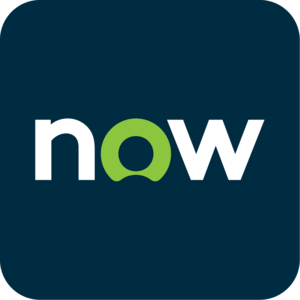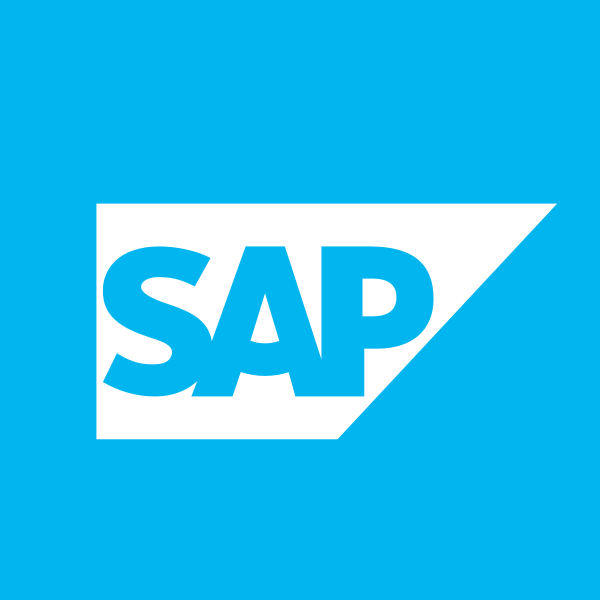Is your organization ready for ClickSoftware’s end of life?
Updated on December 26, 2025
As technology evolves and software companies continuously develop newer and more advanced solutions, the lifespan of certain software products inevitably comes to an end. ClickSoftware, a well-known provider of field service management solutions, is no exception to this reality. With the company’s decision to reach the end of life (EOL) for some of its products, many organizations that have been relying on ClickSoftware need to assess their readiness for this transition. We’ll explore what ClickSoftware’s end of life means, which products are affected, and what steps your organization can take to ensure a smooth and efficient transition with the help of CCI.
Understanding ClickSoftware’s End of Life:
End of life, in the context of software, refers to the point at which a vendor discontinues support, updates, and maintenance for specific products. This decision is often taken by companies to allocate resources and focus on newer and more competitive offerings. As a result, users of the affected products will no longer receive technical support, bug fixes, security updates, or compatibility improvements.
Implications for Your Organization:
If your organization currently relies on any of the ClickSoftware products mentioned above, it’s crucial to understand the potential implications of their end of life. Some key points to consider are:
1. Security Risks:
Without regular security updates, your organization’s data and operations may be exposed to vulnerabilities, increasing the risk of cyberattacks and data breaches.
2. Compatibility Issues:
As other software and systems in your organization evolve, EOL products may not be compatible with new technologies, leading to integration challenges and decreased efficiency.
3. Lack of Technical Support:
The absence of technical support can lead to prolonged downtime and decreased productivity if any issues or errors arise with the EOL software.
4. Legal and Regulatory Compliance:
Depending on your industry, certain regulations might mandate the use of supported and secure software. Running EOL products could result in non-compliance and potential legal issues.
Steps to Prepare for the Transition:
To ensure a smooth transition away from ClickSoftware’s EOL products, consider the following steps:
1. Review Your Software Stack:
Evaluate which ClickSoftware products your organization currently relies on and identify suitable alternatives that align with your needs.
2. Migration Planning:
Develop a comprehensive migration plan to smoothly transition from ClickSoftware to the chosen alternative. Consider factors such as
data migration, employee training, and system integration.
3. Training and Familiarization:
Train your staff on the new software to minimize any disruption to daily operations and maximize the benefits of the new solution.
4. Address Security Concerns:
Prioritize data security during the transition process. If necessary, consult with our experts to ensure a secure migration.
Ending Note:
As ClickSoftware’s end-of-life date approaches for some of its products, organizations using these solutions must prepare for the inevitable transition. By understanding the implications, planning ahead, and getting help from CCI, businesses can ensure a seamless shift to new, supported software that meets their evolving needs. Embracing change with foresight and adaptability will position your organization for success in an ever-evolving technological landscape.






